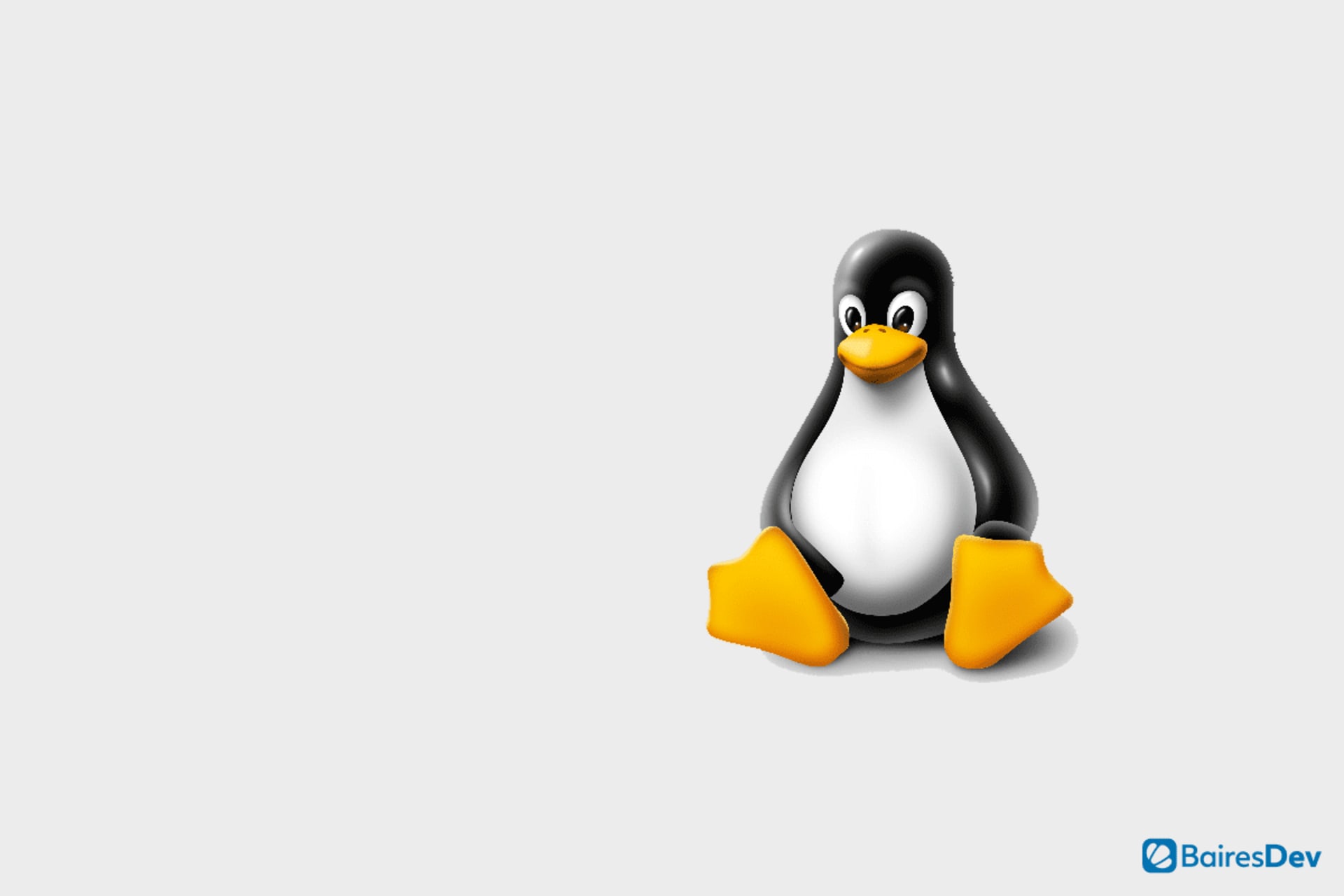The Internet of Things (IoT) continues to rank among the most buzzworthy topics in the world of technology. It has, after all, become a gold mine in terms of application possibilities, use cases, and general potential for the future. From the world of commercial manufacturing to healthcare and household items, the IoT has already revolutionized nearly every business sector – especially the world of web app design and development.
According to a recent McKinsey study, the Internet of Things could generate up to $11.1 trillion a year in economic value over the next 4 years, assuming politics, businesses, and policymakers handle things correctly. This means that no matter the sector or business clientele, web developers and designers must prepare for the inevitable incoming requests for unique ideas for IoT apps and services.
But, how do Internet of Things apps differ from traditional web or mobile applications?
How Is an Internet of Things App Different?
A traditional web application is a software app that uses web technology and browsers to perform specific tasks over the internet. Unlike a mobile or native application, these apps run on a web server instead of local systems.
In the IoT, the application is the user-facing part of the system. When using an IoT device, the app runs on a smartphone or tablet running iOS or Android. This then allows the user to interact, connect, monitor, and control the connected Internet of Things devices.
While this may sound super similar to a run-of-the-mill application, it’s actually quite different. As of right now, Internet of Things devices display website info and results but they require advanced communication between the operational models and website layouts. These apps are not only digital interactions but actually control things in the physical, tangible world.
They add additional layers of complications due to the sheer amounts of data, excessive communications, continually changing user interfaces, necessary levels of security, and reliability requirements. While desktop applications allow for access to the digital world, IoT apps have the ability to turn on appliances, run factory processes, and even drive cars.
The Essential IoT Web Design and Development Changes
There are several must-have aspects of the web design and development process that differ from the more traditional route of developing webfsite applications, including:
- Dynamic and Intuitive User Interface and User Experience – Designing and implementing an excellent user interface is easier said than done. Thanks to the varying types of technologies and operating systems, creating one app that works perfectly across all platforms is quite a challenge.These UIs must have the ability to accommodate the needs of multiple user profiles as well. IoT devices require solid web development and design teams capable of figuring out the latest design trends and of backing the apps with excellent programming skills to allow for choice, reliability, and versatility.
- Privacy and Security – By its very nature, the Internet of Things controls things in real life instead of just virtually. Unfortunately, they also sometimes allow for easy hacking which means maintaining security and privacy is of the utmost importance. Web developers in charge of developing these apps must choose strict practices when dealing with connected devices.They must also include many security features, fail-safes, and fallbacks to further enforce security. While making security a top priority is normally the duty of every web developer, the stakes are extra high when it comes to the Internet of Things. New IoT appliances require techniques for user identification, identity verification, and access management as well.
- Enormous Compilations of Data – Web development for Internet of Things devices focuses much more on the system’s security and scalability than conventional website development projects. The IoT devices collect enormous amounts of data in real-time from sensors, which then transfer to and from the cloud.
Not only does the volume of said data further reinforce the need for cybersecurity but also may lead to massive network delays. Also, the chance that data may get lost due to network connectivity problems also exists. Developers working with IoT apps must know programming languages such as Laravel, JavaScript, Java, Angular.js, and others that help facilitate scalability.
- Meaningful User Interactions and Chatbots – Over the past several years, traditional websites and applications have already increased chatbot usage but IoT apps continue to test the boundaries of what’s possible with these bots. Developers must integrate machine learning with these chatbots to respond to queries provided by users sans human intervention. This need will only grow in the future.When integrated effectively and meaningfully, aspects such as voice search help users utilize the applications to their full potential without compromising user interactions or load time.
- Live Insight and Responses – The IoT already powers many of the items used by many people on a daily basis. It helps to improve their lives by giving real-time insights, feedback, or responses in one way or another depending on the device at hand. By using insightful analysis protocols, the Internet of Things enables the user to communicate with the devices and share information.
Smartwatches, for example, are wearable devices that compute things in real-time on the user’s wrist. They have the ability to calculate the distance of a run, allow the user to check their blood pressure and heartbeat, and even remind them to stand up every once in a while all while computing on the user’s wrist.
The IoT of Today and the Future
It’s safe to say that the Internet of Things has already shaken up the world of website development and design – and it will only continue to do so as the technology continues to advance in not only terms of tech but applicable use cases. This continues to make a major impact on the web development process for the better as developers hone their practices to become best practices for these now pivotal, incredibly useful devices.
If you enjoyed this, be sure to check out our other web development articles.






